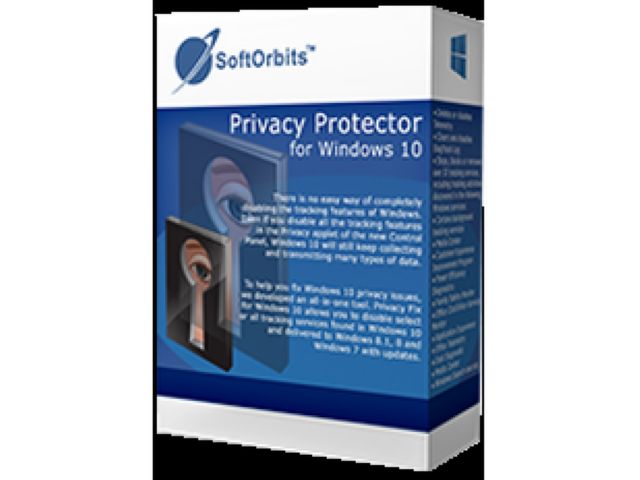


The ultimate guide to privacy on Android.How to stay as private as possible on the Mac.Online privacy: Best browsers, settings, and tips.

The ID doesn't just gather information about you when you browse the web, but also when you use Windows 10 apps. Windows 10 does this with the use of an advertising ID. That information creates a profile of a person's interests that is used by a variety of companies to target ads. Turn off ad trackingĪt the top of many people's privacy concerns is what data is being gathered about them as they browse the web. If you have an earlier release of Windows 10, some things may be different. Note: This story has been updated for the Windows Update, version 21H1. Here's how to protect your privacy in just a few minutes. Whether you think Microsoft's operating system crosses the privacy line or just want to make sure you protect as much of your personal life as possible, we're here to help. Alternatively use the reg delete command from within a Command Prompt.There has been some concern that Windows 10 gathers too much private information from users. dialog by entering regedit.exe in the Open: field. Open the Windows Registry Editor from the Start Run. This can be removed.ĭelete the Bitrock installer log files bitrock_installer.log and bitrock_installer_.log normally located in C:\Users\Administrator\AppData\Local\Temp Ensure that there are no files or windows open at this location or attempts at deletion may fail.Ī hidden directory Protector-RecycleBin may remain in the root directory. If you want to remove these artefacts, then continue with the following steps:ĭelete the Protector installation directory tree noted down before uninstalling. These items are left in place either to facilitate easier reinstallation or because they remained after upgrading from an earlier version or from a failed install. Some artefacts will still remain on your machine. Protector and its repositories are now uninstalled and you can end the procedure at this point. Ensure that there are no files or windows open at these locations or attempts at deletion may fail. Click OK.ĭelete any repository directories noted down before uninstalling. Manual removal of repositories is covered later on.Įventually an Info dialog will be displayed stating that the uninstall process is complete. The uninstall process will pause until you click OK. A Setup dialog is displayed containing an Uninstall Status bar and information about what actions are currently being performed.Īt some point during the uninstallation process you may be presented with a Warning dialog telling you that any repositories must be manually deleted. Running the command uninstall.exe -mode unattended will cause the uninstall process to proceed without requiring user interaction although popups may briefly appear before being automatically dismissed.Ĭlick Yes to proceed with the uninstall process (or No to abort the process). A dialog will be displayed asking you to confirm that you wish to proceed. Alternatively, navigate to the installation directory and execute the command uninstall.exe. Want to retain backup data stored in the repositories.įrom the Start menu run Uninstall Hitachi Ops Center Protector. Required later if you wish to completely remove all traces of the installation and do not Make a note of the path for the install directory and any repositories or ISMs. Enter the following commands and follow the on-screenĬompletely removing Protector from a Windows machine involves significantly more work, due partly to the additional functionality available on Windows nodes. Completely removing Protector from a Linux machine


 0 kommentar(er)
0 kommentar(er)
